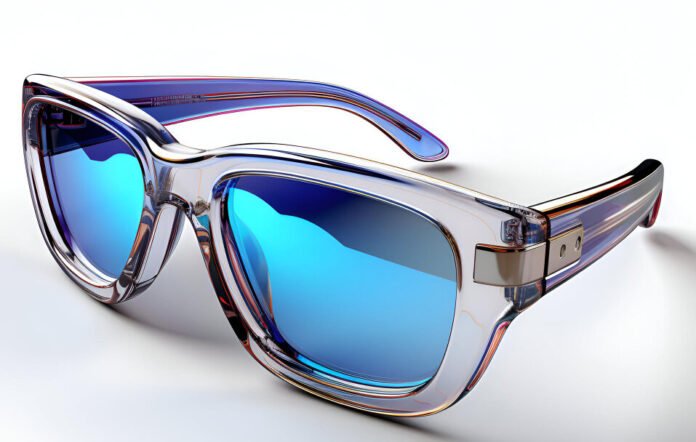New AR technology promises high brightness, energy efficiency, and seamless integration into everyday glasses
Augmented reality is taking a massive leap forward, and this time, it’s not just hype. Lumus, an Israel-based AR optics company, has unveiled the Z-30 Optical Engine, a lightweight, high-performance AR display designed to fit seamlessly into everyday glasses. Teaming up with Schott Glass, Lumus showcased its latest innovation at the SPIE Photonics West 2025 event in San Francisco, offering a glimpse into a future where AR glasses might become as common as smartphones.
The Z-30 model, based on Lumus’ Z-Lens 2D waveguide architecture, offers a 30-degree field of view while maintaining a sleek, lightweight design. Unlike bulkier AR headsets, these glasses resemble a standard pair of spectacles, making them practical for daily use. “This is a game-changer,” said David Goldman, Lumus’ Vice President of Marketing. “We’ve prioritised brightness, energy efficiency, and comfort—all key to mainstream adoption.”
Embed from Getty ImagesAR That Feels Invisible—Until You Need It
When worn, the Z-30 AR lenses allow users to overlay digital information on their real-world surroundings. Whether it’s real-time language translation, navigation prompts, or instant notifications, the display can be customised to show only what’s needed. Unlike earlier models, the Z-30 is ultra-thin and weighs just 14.5 grams, making it one of the lightest AR optics ever produced.
“Compared to our earlier models, this is a huge improvement,” Goldman explained. “Our Z-50 had a 50-degree field of view, but it was heavier. The Z-30 strikes the perfect balance between usability and performance.”
The display resolution reaches 720 x 720 pixels with a brightness exceeding 3,000 nits/Watt, making it 10 times more energy-efficient than competing waveguides. This efficiency extends battery life, one of the biggest hurdles for AR adoption.
A New Era of AR Is Coming—And Fast
Lumus’ breakthrough isn’t just about hardware—it’s about scalability. Backed by major supply chain partners like Quanta Computer Inc. and Schott, Lumus plans to mass-produce its waveguide technology, paving the way for consumer-grade AR glasses within the next few years.
The Z-Lens waveguide architecture allows for flexible positioning of digital overlays, ensuring text remains clear and readable in various lighting conditions. “You can have a translation box at the bottom of your vision or a notification in the corner—without blocking your view,” Goldman explained.
With AI integration on the horizon, the future of lightweight, high-performance AR glasses is closer than ever. While current AR glasses range between 10 to 40 grams, Goldman believes a sub-40-gram model with full AR capabilities is within reach.
The Next Big Tech Race?
As Apple, Meta, and Google continue their race to dominate the AR space, Lumus may have quietly positioned itself as a key player. With its combination of high brightness, low energy consumption, and seamless form factor, the Z-30 could set the standard for the next generation of augmented reality wearables.
For now, one thing is certain—the line between reality and the digital world is blurring faster than ever.
